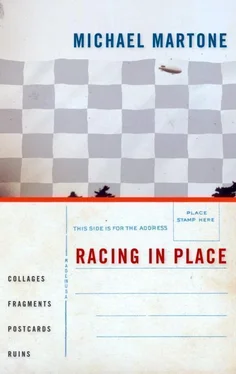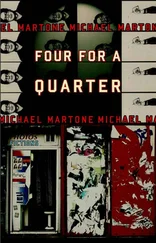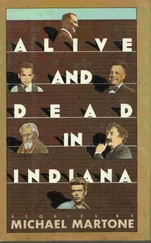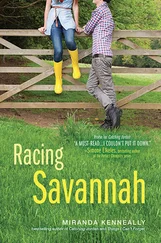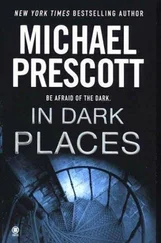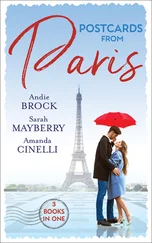4. Where exactly is the Midwest? We should perhaps be more interested in what the confusion reveals than in pinning down the actual boundaries of the place, though it is probably wise to spend a few moments in definition. Again, where is the Midwest? And beyond that, what does characterize the region? How does it differ from other regions? Does it differ at all? These are important questions in developing a sense of place. Perhaps we assign an identity too easily, use the names without thinking what we want them to represent. Despite the confusion about its location, people agree that the Midwest is a good place to be from. It is as if we keep the region purposely vague in order to include as many people as possible as natives. "I am from the Midwest": that coin is worth collecting.
5. What is the real question? So the real question is: Why do so many of us want to be from a place that is nowhere and everywhere? The preposition is important, the from. Even those of us who still live in the Midwest, no matter how you define it, still would say we are from the Midwest, as if its special properties rub off on us only at birth and that since birth we have been getting farther and farther away.
6. What is what it is not? Dorothy realizes when she bumps down in Oz that she is not in Kansas anymore. If there is anything that characterizes a literature of the Midwest, it is this sense of discovery through absence. Nick Carraway, the narrator of F. Scott Fitzgerald's The Great Gatsby, realizes as the story ends that it is a tale of the Midwest and of a midwesterner in New York totally unequipped to live in the East. As the novel ends, he is preparing to return home. Leaving home, the Midwest, in order to see home clearly is a driving force in the themes of midwestern literature and life. Stories of the Midwest often begin at the moment of turning back from afar and the hero gaining sight for the first time of a distant beauty. Living in the Midwest, we know a truth about this coming and going. Many, many people have left, but few actually return. Though Dorothy keeps demanding to be sent home, though she tells us once she is home that there is nothing like it, we are uneasy. It is a black and white world in Kansas. Why would she, why would we leave the technicolor of Oz?
7. What does New Jersey have to do with anything? A friend who grew up in New Jersey noticed right away that the Midwest had no walls. There are picket fences, strung wire, cyclone mesh, the red staves of snow fence, chicken wire, barbed wire, even electric line. But no walls. My friend defines the Midwest that way-a country woven in wire fence-and he always argues that beyond the lack of boulders in the ground to build walls, the fences reflect something else inherent in the people who live here. You can see through fences, he says. They do not block out the subtle and endless beauty of the prairie and field. But at the same time the fence breaks up that vast and overwhelming horizon into bits of manageable places. The fence builders want it both ways. It is an aesthetic compromise between private property and being part of a neighborhood. A fence allows its builder to say, "I am alone. Separate, not different. I've got nothing to hide, but don't come too close." It is a delicate balance. There are many such balances here between the individual and the community. The fences of the Midwest give us tangible evidence of the web of these relationships.
8. What does the current disappearance of fences and fence rows tell us about the state of affairs now? The disappearance of fence rows could be written off to the use of larger machines with broader turning radii, the lack of animals on farms, the trouble of maintaining the wire. But does it reveal something deeper? The simplest definition of place carries within it the notion of limits, of boundary. Part of what we believe as Americans, in deed what brought many people here in the first place, includes the contradictory idea of a country unbounded, a place of limitless opportunity. In the realm of advertising's easy diction, you can have it all. The disappearance of physical fences in the midwestern landscape might represent a transformation, a shift in interior space as well. A rickety, rusty wire fence was the product of the meeting between the irresistible force of individual enterprise and the immovable object of community. Fences snare and enmesh but are flexible, movable, many-gated. Their disappearance could signal to us the release of an unbridled force that is dangerous to community. An article in the Des Moines Register on the obsolescence of the township included a picture showing the entire government and voting body of a township in Iowa: a farmer, his wife, and their daughter. The question that arises is this: When does a town stop being a town? What is the critical mass of a community? The presence of fences tells us finally that there are people here, that the land is divided up among them. As people have left the Midwest the fences have come down. Their absence does not bring people closer together but only indicates that there is no one here. Someone will always own the land but someone will not always live here.
9. Where did they go? The roads that have taken people away can also be thought of in the same way as fences-as physical manifestations of our interior feelings about place and the land. As we've seen, they are the quickest way out of town for our writers, our children, our friends, ourselves but also the way back. Roads too form our boundaries. The section roads lie like a net over the land, divide it, define it, parcel it out, and impose the order of place. But the road is also a common way owned by no one and everyone. When we usually think of the literature of the road, say of Kerouac, we think of the road as a conveyor, as something that moves through, something that is part of somewhere else. Yet, it is also part of the things that stay put. We treat the road as Euclideans would have us treat a line-the distance between two points having no width. But the road, the sidewalk, the corners, the squares are rich with metaphoric meanings where once again the individual meets the group of which he or she is a part. The road may bound us, but it also binds us together. The road is a place itself, as a fence row is, and both must be thought of more as transmitting membranes, like skin, at once tough and intimate.
10. Can you be more specific? Good writing is always specific. Henry James wrote that good writing is "selected perception and amplification." There is literally a world of difference between using one word over another, "a" instead of "the." As a writer selects words, he or she is making a series of choices that include or exclude parts of the world. William Faulkner called the county in Mississippi he wrote about his "postage stamp of land." Though writers narrow and select, they often cordon off a precinct sacred to them. Readers discover that within those boundaries there are areas of human experience that seem unlimited. Perhaps it is a quirk in the way we are made, but it appears the more specific a writer is, the easier it is for a reader to generalize. In geometry, we know that a finite plane bounded on all sides still contains infinite points. Stories, poems, essays work that way, too. The more tightly bounded, the more restricted a work is, the richer we find it. Author and authority are related words. To be author of a specific place is, in a way, to be its god, its creator. But the place a god creates can never be as detailed as the larger world it is part of, for the writer faces the fact that he or she is limited, mortal. Writing then, by its limitation, by acknowledging its human scale, still participates in something grand. The writer shares in the creation of the universe by creating a postage stamp. In Thornton Wilder's Our Town, a character receives a letter addressed to her, her street, her town, her state, her country, her planet, her solar system, and on until it ends with the mind of God. Her thrilled response is that it got here anyway. It got here.
Читать дальше
